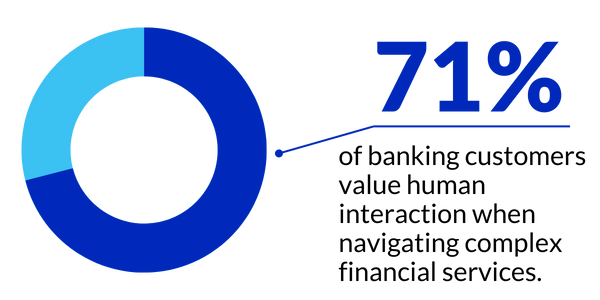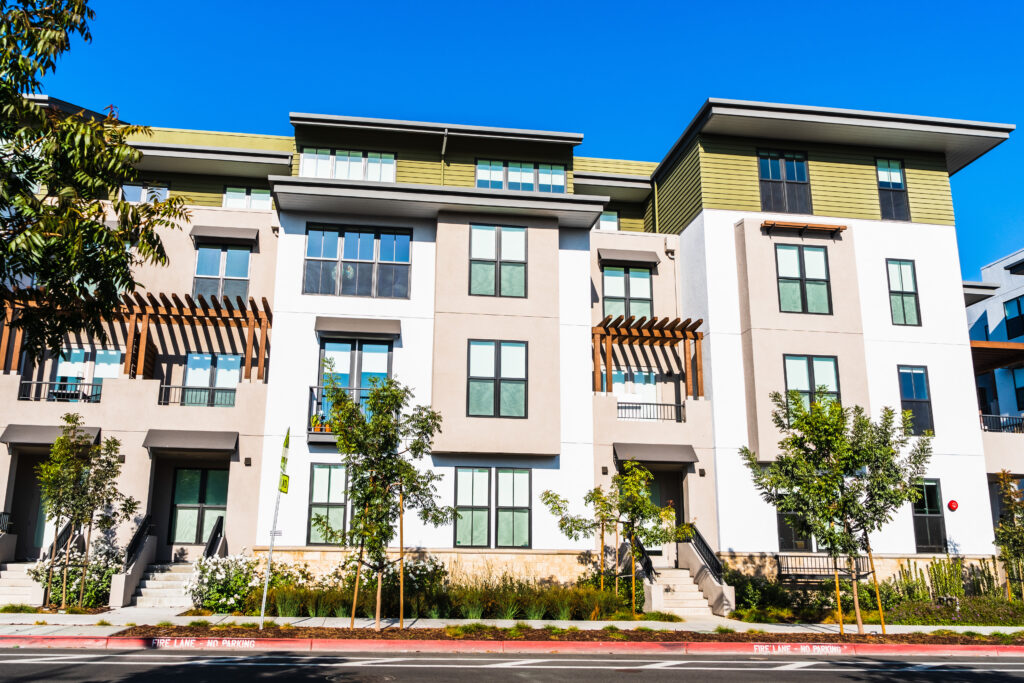The multifamily real estate sector has been a stable and growing sector of real estate investment for over a decade. Despite the recent domestic and global economic turmoil investors are facing coming out of Q1 of this year, 2025 is shaping up to continue that trend, albeit with a more complex set of challenges and opportunities. As economic headwinds persist and distress levels rise, lenders must find new ways to navigate risk while capitalizing on pockets which continue to show growth potential.
A Rebound in Lending Activity
According to the Mortgage Bankers Association (MBA), commercial and multifamily mortgage borrowing is projected to rise to $583 billion in 2025, a 16% increase over 2024. This predicted growth is largely fueled by both a movement by investors away from securities and other similar investments and the need for lenders to find ways to refinance a significant wave of maturing loans. For lenders, this signals both a surge in deal volume and a need to evaluate underwriting standards with increased scrutiny. For investors, this presents opportunities to inject new capital to “right size” multi-family properties to make them more easily financeable under favorable terms.
Historical data from prior recessions show that multifamily properties have been a relative “safe harbor” that have outperformed other real estate sectors, offering a measure of stability during otherwise uncertain times. In an environment where office and retail real estate continue to struggle in many markets, multifamily stands out as a relative haven for investors and lenders alike.
Economic Conditions Are Shifting
That said, the lending landscape in 2025 will be far from predictable. Inflation should remain a continuing burden; interest rates, which hopefully will be reduced by the Fed if the economy moves into a recession, will remain elevated compared to pre-pandemic levels; and, operational and maintenance costs for property owners are expected to climb as tariffs and trade wars continue to upset global trade. These factors are creating mounting pressure for borrowers and, by extension, the lenders that serve them.
A key concern is the sharp rise in distressed real estate loans heading into this year. As of January 2025, the distress rate for multifamily properties in the Commercial Mortgage-Backed Securities (CMBS) universe surged to 12.9%, up from just 2.6% the previous year, according to CRED iQ. This spike reflects growing difficulty in meeting debt obligations, particularly for loans originated under more favorable pre-2022 rate conditions.
How Lenders Can Prepare
With both opportunity and risk at play, banks and credit unions must adopt a dual-focus strategy: position for growth while actively managing risk exposure. Here are some tips on how that balance can be achieved:
1. Reassess Underwriting Standards
Given the rise in distress rates, now is the time to revisit loan-to-value ratios, debt service coverage, debt yield, fixed coverage ratio requirements, borrower and guarantor financial tests (i.e., global DSCR, minimum liquidity and/or tangible net worth, etc.), and borrower reserves. More conservative underwriting can act as a buffer against market volatility without completely pulling back from lending opportunities.
2. Leverage Real-Time Portfolio Intelligence
Staying ahead of potential defaults requires smarter and consistent loan party and collateral property monitoring. Tools that provide insights into property performance, market trends, demographic pressures and trends, and borrower risk can help institutions identify red flags early before loans become distressed. But just as critical are including and consistently monitoring the types of financial covenants built into loan agreement as noted above. These covenants serve as early warning systems that can lead to adjustments to the loan which will allow both loan parties and lenders to avoid heading down a path where foreclosure is the only destination.
3. Streamline Documentation and Compliance
With a high volume of maturing loans requiring either loan extensions and/or modifications or refinancings, speed and accuracy in document generation become critical differentiators. The GoDocs platform allows lenders to efficiently scale loan operations with attorney-level document automation while maintaining rigorous compliance standards.
4. Expand Focus on Construction and Renovation Loans
With rental demand remaining robust, especially in targeted suburban markets where demand remains high, construction and rehabilitation financing present promising avenues for lenders. Beyond traditional financing, banks and credit unions can explore opportunities in C-PACE adjacent and other loans which include energy efficient improvements to further diversify their portfolios and support sustainable development.
5. Stress-Test Portfolios
Regularly running stress tests under various economic scenarios can help identify vulnerabilities in your multifamily and commercial loan portfolios. This proactive approach supports better capital planning and risk mitigation.
Looking Ahead
Despite economic turbulence, the projected growth in multifamily lending reflects continued confidence. For banks and credit unions, the challenge lies in striking the right balance, aggressively pursuing opportunity while applying prudent risk controls.
At GoDocs, we empower commercial lenders with scalable, compliant, and intelligent document solutions that help meet today’s demands while preparing for tomorrow’s risks. As the multifamily market evolves, we’re here to ensure you can move quickly, protect your interests, and serve your borrowers with confidence.
Head of Business Strategies & Partnerships








